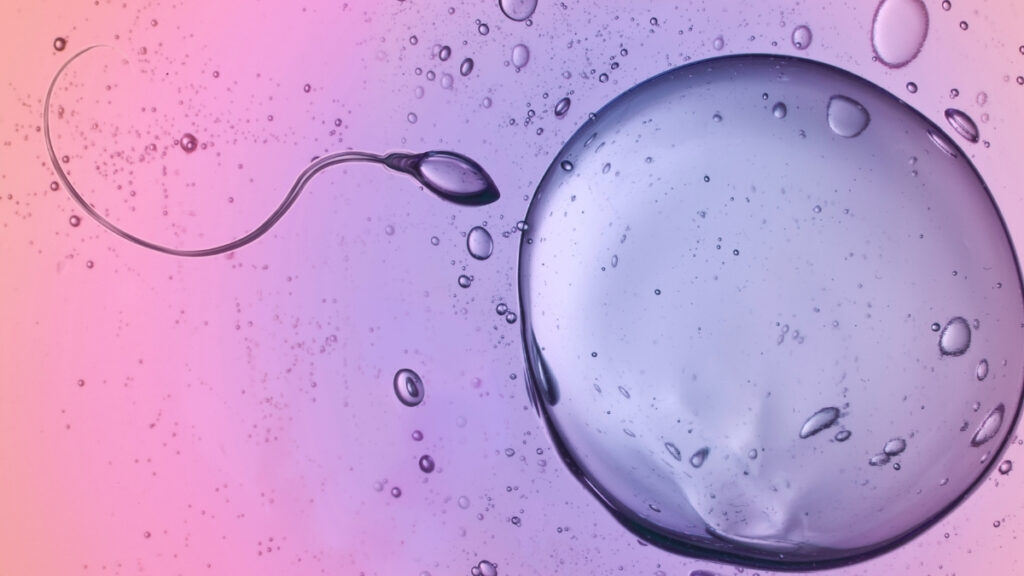
Human sperm have demonstrated an intriguing ability to navigate through highly viscous fluids, seemingly defying a fundamental principle of physics. A research team led by Kenta Ishimoto, a mathematical scientist at Kyoto University, investigated this phenomenon to understand how these microscopic swimmers maneuver through substances that should ideally hinder their movement.
The study, published in October 2023, highlights a challenge to Sir Isaac Newton‘s third law of motion, which states that “for every action, there is an equal and opposite reaction.” Traditionally, this principle applies to macroscopic objects, like marbles colliding on the ground, where forces interact symmetrically. In contrast, biological entities like sperm and microscopic algae exhibit what researchers have termed “non-reciprocal interactions.”
These interactions occur when motile agents, such as sperm, generate their own energy. This energy input disrupts the equilibrium typically expected in physical systems, allowing them to swim efficiently despite the surrounding viscosity. The research team analyzed both human sperm and the green algae Chlamydomonas, which also swim using flexible flagella that change shape to propel themselves forward.
The investigation revealed that sperm tails and algal flagella possess an “odd elasticity,” enabling them to move through thick fluids without losing significant energy. This characteristic allows the cells to maintain motion without the expected resistance from their environment. Nonetheless, odd elasticity alone could not fully explain the propulsion created by the wave-like motions of the flagella.
Through their modeling studies, the researchers introduced a new term, “odd elastic modulus,” to describe the internal mechanics of flagella. They stated, “From solvable simple models to biological flagellar waveforms for Chlamydomonas and sperm cells, we studied the odd-bending modulus to decipher the nonlocal, nonreciprocal inner interactions within the material.”
The implications of this research extend beyond theoretical physics. Understanding how sperm and similar organisms navigate dense fluids could inform the design of small, self-assembling robots that mimic living materials. Additionally, the modeling methods developed may enhance the comprehension of collective behavior in various systems.
As this study sheds light on the complex interactions of microscopic life, it opens new avenues for future research, potentially bridging the gap between biology and engineering. The findings were published in the scientific journal PRX Life, contributing to an evolving understanding of motion in complex fluids.






